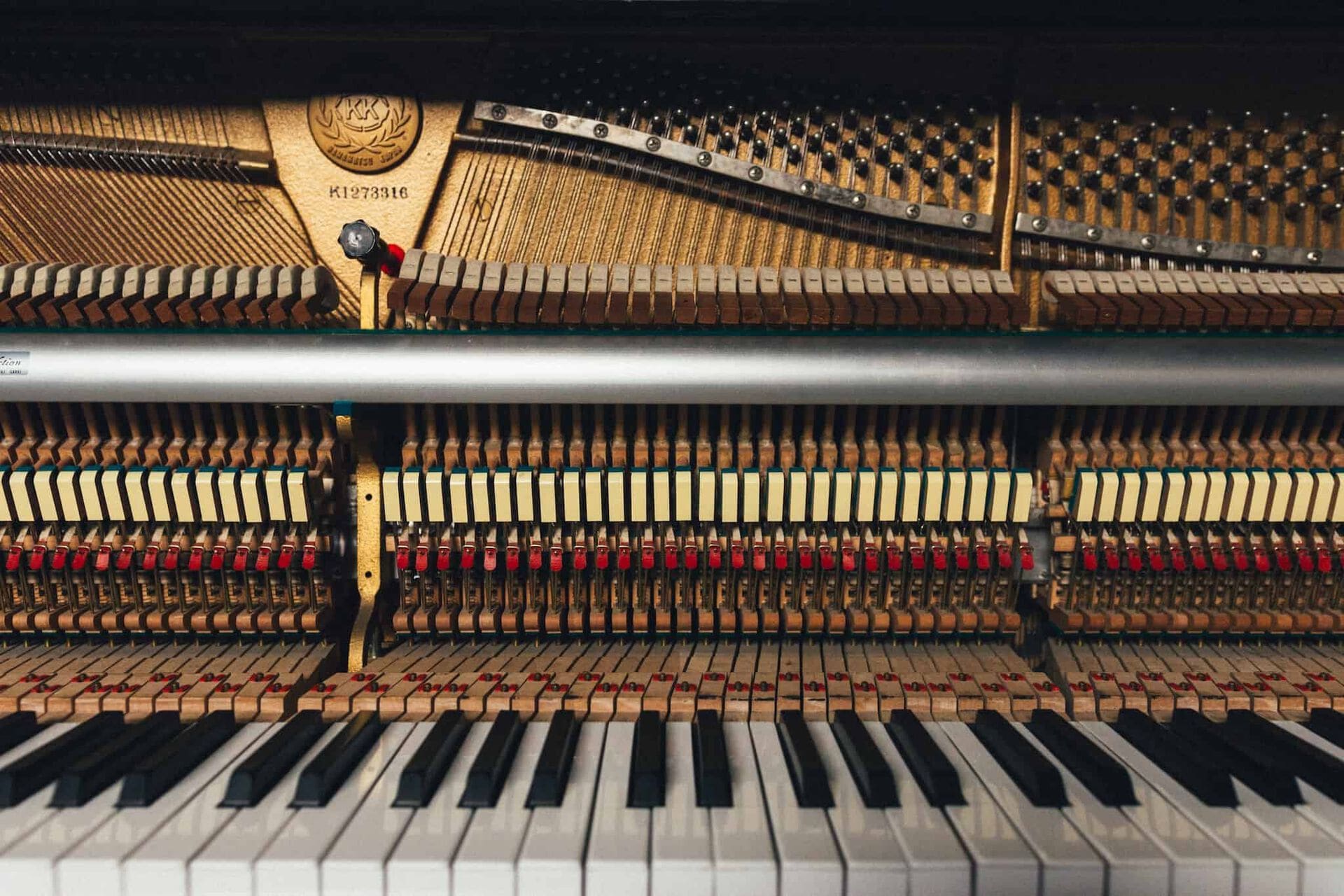If you’re in the market for a new digital piano or keyboard, it’s important to know and understand the differences between weighted and unweighted keys. Both varieties have their pros and cons, and this article you’ll learn exactly what those are.
Weighted Keys
If you’ve played an acoustic piano, you’ve played on weighted keys. Weighted keys also exist on digital pianos and keyboards in two varieties — semi-weighted and fully-weighted. Semi-weighted keyboards have a uniform amount of resistance across the whole keyboard. Fully-weighted keys have a gradated resistance across the keys like a real piano. In other words, the farther right you move the lighter the keys feel and vice versa. Most 88-key digital pianos have weighted keys.

If you’re an intermediate to advanced pianist, chances are you’ll want fully weighted keys if you’re looking to purchase a digital piano. Playing classical and jazz repertoire on a weighted keyboard feels much more natural and engaging compared to playing on a unweighted model. Then downside of weighted keyboards is they’re more expensive than unweighted ones. It’s common for beginners to start learning on an unweighted keyboard, and then upgrading to a weighted model at a later point.
Unweighted Keys
Smaller digital pianos and keyboards with less than 88 keys often have unweighted keys. These cheaper and smaller instruments are great for beginners who are interesting in developing the hobby of playing the piano. While unweighted keyboards are typically cheaper than weighted models, it can sometimes be difficult to play expressively.
Many workstation keyboards, arranger keyboards, and synthesizers also have unweighted keys.These instruments produce a lot of different types of sounds, and it is sometimes more natural to play on unweighted keys. For example, it is much easier to play string lines on an unweighted keyboard.